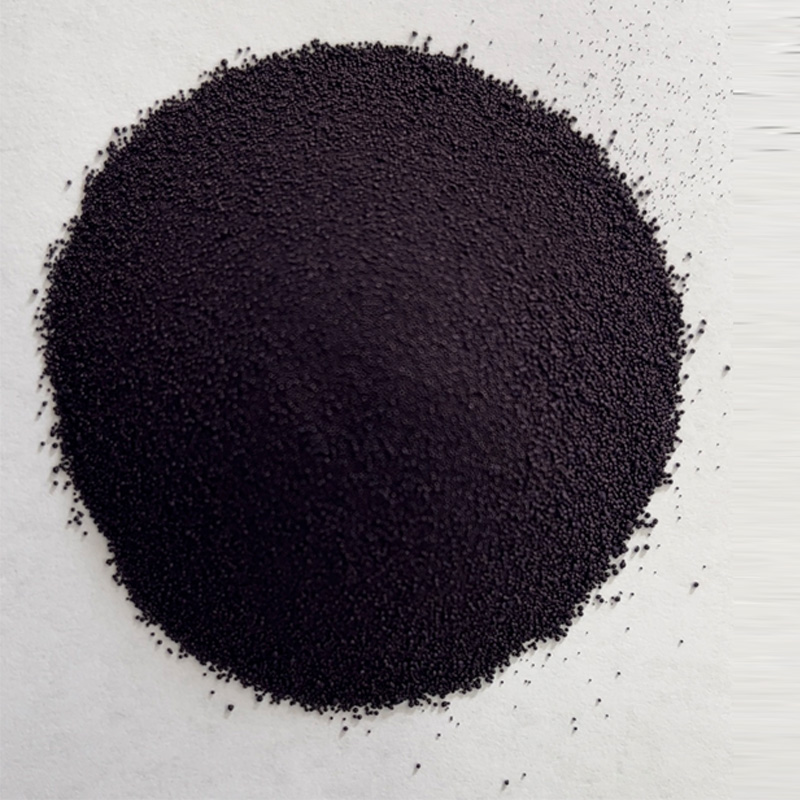dye with indigo powder
Dying Fabric with Indigo Powder A Sustainable Approach to Color
Indigo dyeing is an ancient textile technique that has seen a resurgence in popularity due to its rich colors and eco-friendly properties. Derived from the leaves of the Indigofera plant, indigo powder produces vibrant shades of blue that have been cherished across cultures for centuries. Today, we explore the process, history, and environmental impact of dyeing with indigo powder, highlighting how this traditional craft can be a sustainable choice for modern textile enthusiasts.
The Historical Significance of Indigo Dye
Indigo dyeing dates back thousands of years and is believed to have originated in ancient Egypt or India. The deep blue color was once reserved for royalty and the elite, carried with it a sense of mystique and culture. In Africa, indigo was used in textiles and adornments, often conveying social status and identity. The Japanese have a long history of shibori, a tie-dye technique that uses indigo, which has evolved into a beloved art form.
With the advent of synthetic dyes in the 19th century, natural indigo saw a decline in usage. However, as the global community has become increasingly aware of the environmental consequences of synthetic dyes, the interest in natural and organic materials has resurged, paving the way for indigo to regain its place in fashion and textiles.
The Process of Dyeing with Indigo Powder
Dyeing with indigo powder requires several steps to unlock its vibrant hues. First, the powder is created by fermenting the leaves of the indigo plant. This fermentation process produces a water-soluble compound called indigotin, which is essential for producing color.
1. Preparation Before dyeing, the fabric must be prepared. It is crucial to remove any inherent oils or finishes that could prevent the dye from adhering to the fibers. This usually involves washing the fabric in a mild detergent.
2. Setting Up the Dye Bath The indigo powder is mixed with warm water, and a reducing agent, such as sodium hydrosulfite, is added to convert the indigo into its soluble form. This solution takes on a greenish hue, which may seem unappealing but is the precursor to a beautiful blue.
dye with indigo powder

3. Dyeing Process The fabric is then immersed in the dye bath. During this initial dip, the indigo has not yet oxidized, so the fabric will appear green. After removing it from the bath, the fabric is exposed to air, which causes the indigo to oxidize and turn blue.
4. Repetition For deeper shades, the process may be repeated several times, with each dip followed by oxidation until the desired color is achieved.
5. Finishing After the final dip, the fabric needs to be thoroughly rinsed to remove excess dye and then dried. A wash with vinegar or salt can help set the dye and enhance colorfastness.
Environmental Benefits of Indigo Dyeing
One of the most significant advantages of using indigo powder is its sustainability. Unlike synthetic dyes, which often involve toxic chemicals and water-intensive processes, natural indigo is biodegradable and non-toxic. This makes it a safer option for both the environment and the artisans who work with it.
Moreover, indigo dyeing is often done in small batches, reducing water usage and the carbon footprint associated with mass production. Many modern artisans are committed to organic practices, sourcing their indigo from sustainable farms. By choosing indigo, consumers can support eco-friendly methods and promote biodiversity in the textile industry.
Conclusion
Dyeing with indigo powder is more than just a way to add color to fabric; it’s a journey through history, culture, and sustainable practices. As the fashion industry grapples with the environmental consequences of its operations, indigo offers a beautiful and responsible alternative. By embracing this ancient dyeing technique, we can reconnect with our textile roots while preserving our planet for future generations. Whether you're an artist, a textile designer, or just a lover of craft, indigo dyeing invites you to partake in a vibrant tradition that celebrates both creativity and sustainability.
-
The Timeless Art of Denim Indigo Dye
NewsJul.01,2025
-
The Rise of Sulfur Dyed Denim
NewsJul.01,2025
-
The Rich Revival of the Best Indigo Dye
NewsJul.01,2025
-
The Enduring Strength of Sulphur Black
NewsJul.01,2025
-
The Ancient Art of Chinese Indigo Dye
NewsJul.01,2025
-
Industry Power of Indigo
NewsJul.01,2025
-
Black Sulfur is Leading the Next Wave
NewsJul.01,2025

Sulphur Black
1.Name: sulphur black; Sulfur Black; Sulphur Black 1;
2.Structure formula:
3.Molecule formula: C6H4N2O5
4.CAS No.: 1326-82-5
5.HS code: 32041911
6.Product specification:Appearance:black phosphorus flakes; black liquid

Bromo Indigo; Vat Bromo-Indigo; C.I.Vat Blue 5
1.Name: Bromo indigo; Vat bromo-indigo; C.I.Vat blue 5;
2.Structure formula:
3.Molecule formula: C16H6Br4N2O2
4.CAS No.: 2475-31-2
5.HS code: 3204151000 6.Major usage and instruction: Be mainly used to dye cotton fabrics.

Indigo Blue Vat Blue
1.Name: indigo blue,vat blue 1,
2.Structure formula:
3.Molecule formula: C16H10N2O2
4.. CAS No.: 482-89-3
5.Molecule weight: 262.62
6.HS code: 3204151000
7.Major usage and instruction: Be mainly used to dye cotton fabrics.

